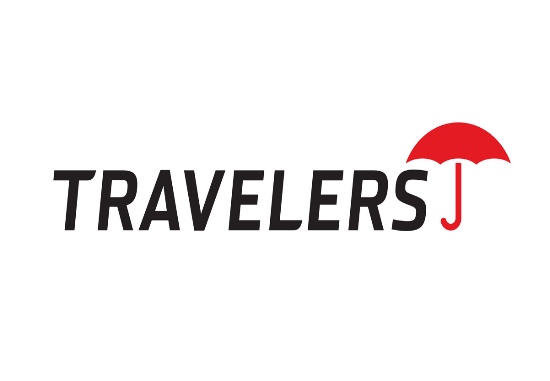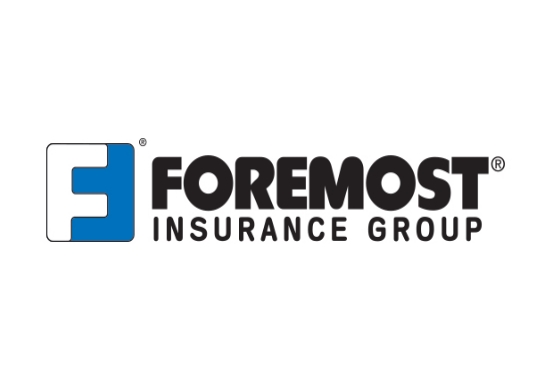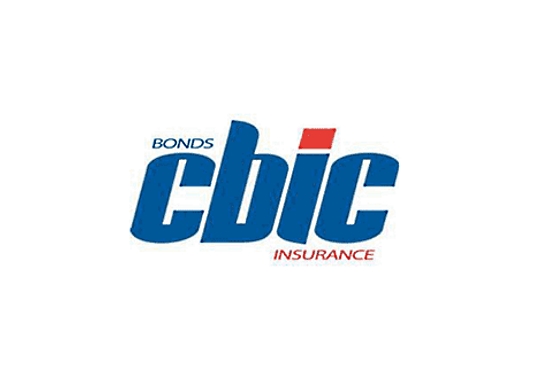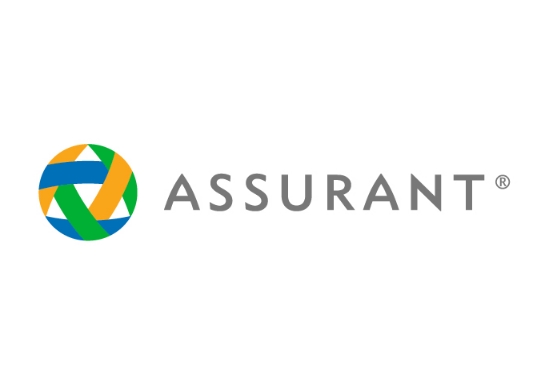How much does landlord insurance cost?
If you own rental property, knowing how much landlord insurance should cost is key to budgeting and ensuring proper protection. Landlord insurance isn’t a one-size-fits-all figure—it depends on many variables including property size, location, coverage level, and risk profile.
🟩 Quick Definition
Landlord insurance is a policy covering rental property owners for building damage, liability and loss of rent; average cost runs from around $1,000 to $3,000+ annually depending on factors.
Typical Cost Ranges
On average, many rental-property owners in the U.S. face premiums in the range of $1,000 to $2,500 per year for a standard single-family rental property.
Some properties—especially in higher-risk locations or with added coverages—may see premiums of $2,500 to $4,000+ per year.
Smaller units, fewer risks, or favourable locations can keep annual costs below $1,200.
Because landlord insurance policies often cost about 15-25% more than comparable homeowners insurance on the same property, the exact cost is highly dependent on conditions.
Key Factors That Influence Cost
Coverage Scope & Limits
The building’s rebuild value or replacement cost
Dwelling cover, contents (if furnished), loss of rent cover
Liability and legal expense limits
Location & Property Risk
Natural disaster exposure, crime rate, regional claim history
Property construction age, materials, condition
Size & Type of Rental
Multi-unit buildings cost more than a single-unit house
Short-term/holiday rentals may carry higher premiums
Coverage Options & Deductibles
Higher cover limits and lower deductibles raise premiums
Add-ons like rent default cover, equipment breakdown, vacant-unit cover increase cost
Tenants & Use
Tenant profile: long-term stable tenants vs high-turnover or short-term guests
How the property is managed and maintained
Building Features & Maintenance History
Up-to-date plumbing/wiring, recent roof replacement may reduce risk
Older/unmaintained properties will cost more to insure
What Landlord Insurance Covers (And Why More Cover Means More Cost)
A typical policy protects:
Property structure: damage from fire, storms, vandalism
Loss of rent: if tenants must move out because of covered damage
Liability: for injuries or legal claims arising from the rental property
Contents: if you rent furnished, appliances and fixtures may be included
Because these exposures are greater for rentals (tenant use, potential vacancy, increased turnover), insurers charge more than for owner-occupied homes.
FAQs
Q1. Why is landlord insurance often more expensive than homeowners insurance?
Because rental properties have elevated risks: tenant damage, vacant periods, greater liability exposure and less control by the owner-occupant.
Q2. Can I estimate how much I should pay for a rental property policy?
Yes — start with rebuilding cost of the property + liability exposure + rent default/loss of income cover. Then adjust based on location risk, tenant profile and policy deductible.
Q3. If I only have one rental unit, will my cost still be high?
It may be lower, but because rental property is still higher risk than owner-occupied, expect premiums higher than standard home insurance.
Q4. What if I add cover for loss of rent and legal expenses?
Adding such coverages increases your premium—but can save you far more in case of major damage or tenant issues.
Q5. How often should I review my landlord insurance cost?
At least annually, or when major changes occur (property value, tenant use, renovations, claims history).
Final Thoughts
Landlord insurance cost is not fixed—it’s highly influenced by your property’s characteristics, coverage choices and location-based risks. A good ballpark for many landlords is $1,000-$3,000 per year, but the optimal cost is one where you’re properly covered according to your risk—not just buying the cheapest policy. Investing in the right amount of cover protects your property, income and liability exposure.
Related Posts
Get a Right Insurance For You
SHARE THIS ARTICLE
We will compare quotes from trusted carriers for you and provide you with the best offer.
Protecting your future with us
Whatever your needs, give us a call, have you been told you can’t insure your risk, been turned down, or simply unhappy with your current insurance? Since 1995 we’ve been providing coverage to our customers, and helping people across United States.












